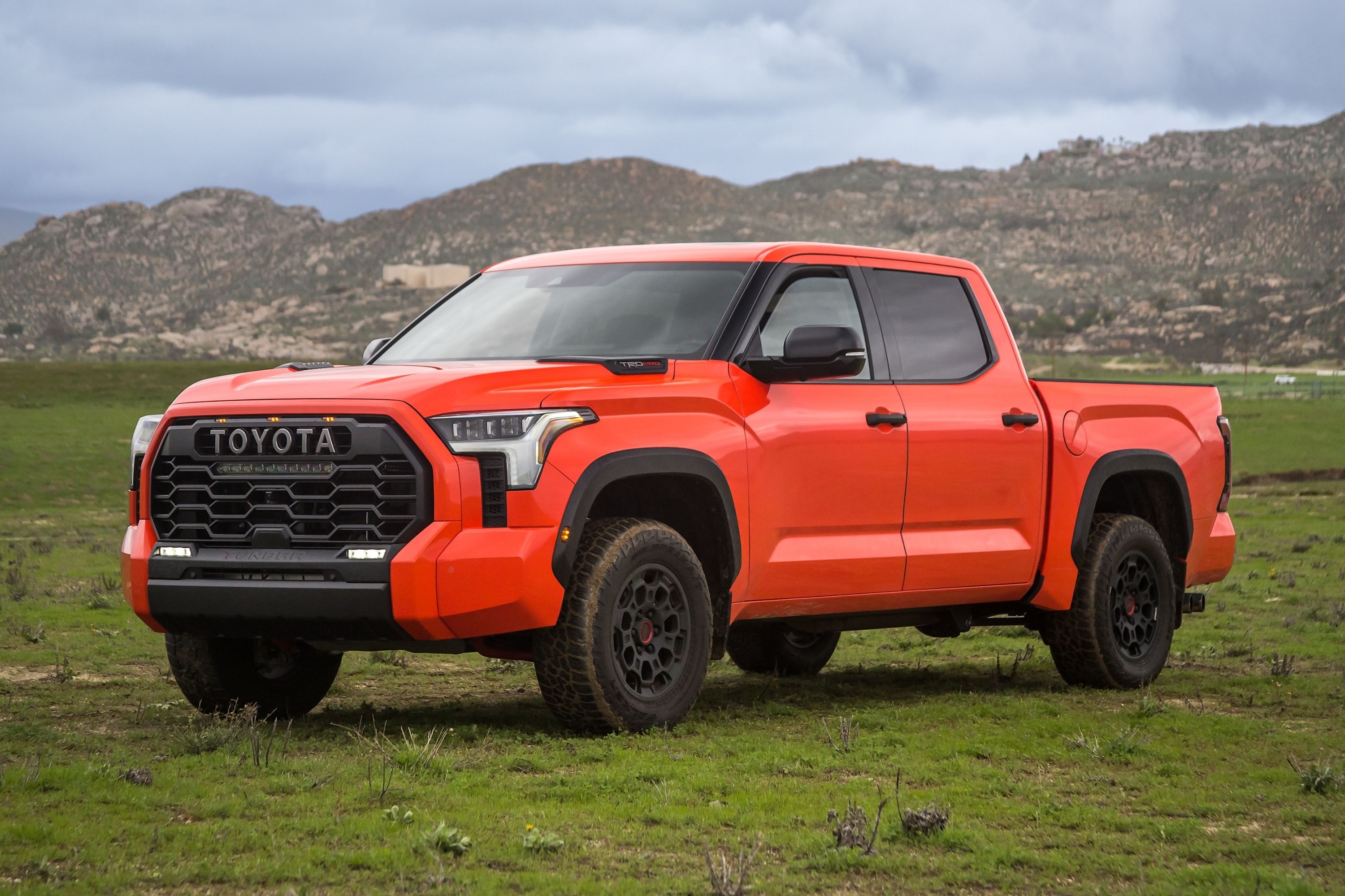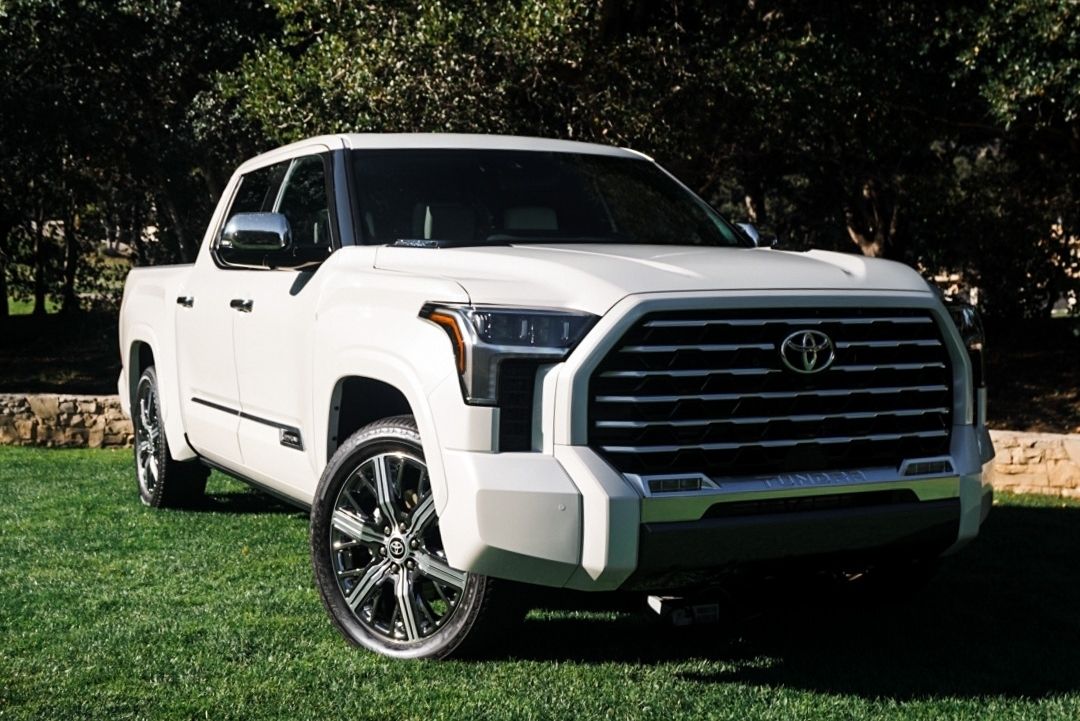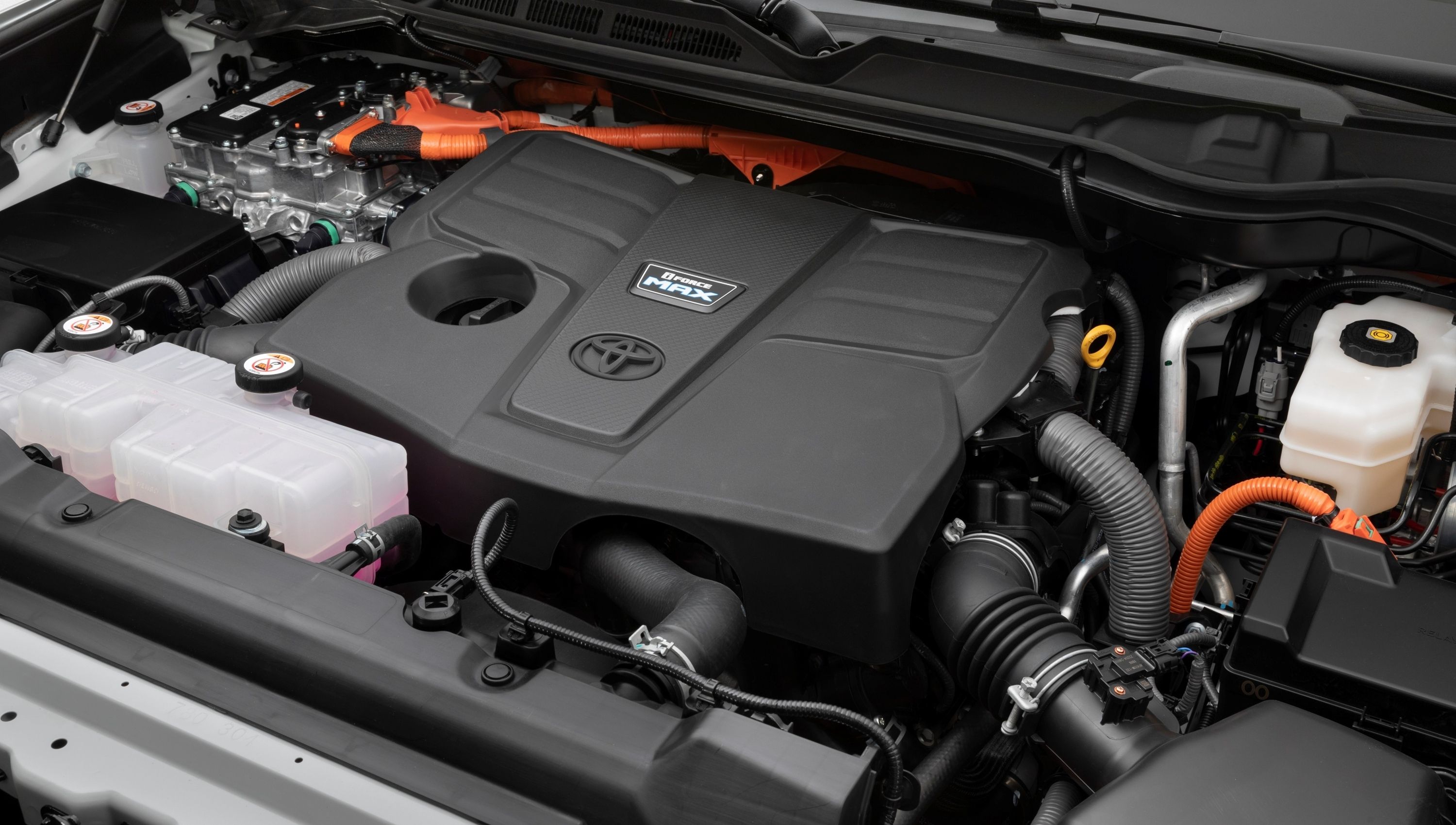
The old Toyota Tundra was getting long in the tooth. But when Toyota unveiled a new one, it didn't just shift the bar for the Japanese automaker, it completely reset our expectations. In one fell swoop, Toyota's F-150 rival had moved to a modular platform and adopted turbochargers, hybridization, and coil spring suspension at all corners.
The new truck has already been a massive hit for the brand, and the new Capstone trim has set new standards as far as luxury goes. But with so much new advancement, we had to wonder whether the new vehicle would match up to Toyota's legendary reliability. As far as Toyota was concerned, that answer was yes, and part of the development of the new truck included looking at older models that had covered more than a million miles and were still going strong.
On the back of this information, CarBuzz sat down with Mike Sweers, Toyota's chief engineer in charge of the truck and SUV platforms.
One of the core aspects of Toyota's reliability for decades has been its choice of engines. In that regard, moving to a turbocharged V6 in the Tundra has been seen by many as a step in the wrong direction from a durability standpoint. Sweers says it's a tough topic to discuss, but says that "Toyota's QDR [Quality, Durability, Reliability] requirements don't change," regardless of whether the engine is naturally aspirated or boosted. "The standard is the standard," he says. "As we develop an engine, the performance has to be the same."
Toyota has heard these criticisms before though, with Sweers highlighting how the 5.7-liter V8 in the old truck featured double overhead cams and variable valve timing and was one of the most advanced engines in a truck at that time, vastly more complex than the push-rod V8s used in competitor V8s in 2007. "The proof is in the pudding," says Sweers.
The Tundra's twin-turbo V6 runs small turbos, but they run at 20 PSI of boost pressure, higher than Toyota's rivals. To compensate, Sweers says that engine temperatures are kept lower than rivals due to a heavy-duty cooling system that aids longevity, even if it means adding extra weight. "We took about 400 lbs out of the vehicle but put a lot of mass back into the cooling system to meet QDR requirements," Sweers tells us.
Another first for Toyota is hybridizing a full-size truck, which almost never happened. "I didn't want it," says Sweers, "I wanted the new 3.3-liter V6 turbodiesel that we're selling outside of North America." But due to Dieselgate, diesel compliance in the US is pretty tough, which stymied that possibility. Sweers was adamant, but the team kept coming back saying it would be too tough to certify. When Sweers suggested sticking with the V8, he was told they were struggling to keep those within the accepted limits of forthcoming legislation, which Sweers says Toyota is adamant about sticking to.
Toyota's powertrain department approached Sweers and asked him, "So what do you really want? What's your real requirement?" For Sweers, the answer was simple. "I really wanted diesel torque. Torque is everything to a truck customer. What you do with a full-size truck is you tow and haul, and if you're off-road, having a torque curve at a low RPM is really important."
The focus thereafter became on getting the torque curve down to the lower end of the engine speed range with the V6, as close to where a diesel engine's torque band would be. Sweers says that's where the single-motor hybrid came in. "I wasn't supporting a hybrid in the beginning," he says, "but as we started working on that one motor sandwich design and we went from a parallel system to a series system, I can combine the gas motor and the electric motor together. Now I can hit those diesel torque numbers."
The benefit of high torque, low engine speeds at which the torque was delivered, and the fact that Toyota wouldn't have to foot the bill on diesel after-treatment turned Sweers "from a naysayer to a believer."
But if the hybrid has done so well for the brand, then what about a plug-in hybrid? Sweers is quick to tell us that he can't comment on future products, but didn't rule out the possibility. "We are looking at what our customers are asking for," says Sweers. "Our next step will be to improve efficiency, keeping the torque while improving our fuel economy."
Sweers tells us that the initial strategy of the single motor hybrid was designed to "provide the best power performance in the industry." The goal now is to see how the brand can squeeze out more miles per gallon rather than chasing power or torque. In terms of achieving that, "it could be more electric than gas, we're looking at it," he says, "but really, it comes down to what the customer is asking for."


